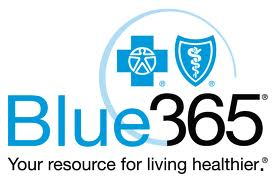Best LASIK Eye Surgery Candidates, LASIK Risks & Recovery Time
With any surgical procedure there are potential risks involved. In the case of LASIK eye surgery, most risks and potential complications are not significantly threatening. Recent data has documented that the complication rate with LASIK is less than 1% of all procedures performed and most patients who experience LASIK complications can receive a retreatment or enhancement.
Rarely do LASIK complications cause significant or permanent vision loss which results in the patient ending up with worse vision than prior to the LASIK eye surgery procedure. Also, the risk of eye infections related to LASIK surgery is minimal. Patients will be given a prescription for an antibiotic eye drop medicine to use for approximately one week following LASIK to prevent infection during the early stage of healing.
Most patients who have LASIK are happy about their LASIK recovery time, with the vast majority reporting that their eyes felt fairly normal the day after having surgery. Many patients also experience improved vision immediately following LASIK, but it is important to understand that patients with higher prescriptions will notice a vast improvement quicker than patients who have lower prescriptions. In these cases the patient may not see an improvement in their vision until 6-8 hours into their LASIK recovery.
LASIK Eye Surgery Requirements:
All LASIK candidates must first go through a preoperative eye exam to help determine eligibility for LASIK Eye Surgery including:
- Age and prescription stability
- Meeting FDA guidelines
- Overall health of the eye
- Presence of any diseases or infections
- Pregnancy
Extreme Vision Today LASIK Prices

LASIK Eye Surgery Candidate's Criteria Checklist
- LASIK eye surgery candidates must be at least 18 years of age and your vision & prescription has been stable (not worsened) for at least one year.
- Your prescription for distance vision needs to match a certain minimal strength, and that prescription strength (glasses or contacts) must meet FDA approved guidelines for nearsightedness, farsightedness, and astigmatism. Pupils should not be larger than 8.5mm in the dark due to increased risk of vision glare and halos at night and decreased night vision.
- Your eyes should have a healthy retina, eye pressure and the cornea must have sufficient thickness.
- You should have no major eye diseases, no evidence of collagen vascular or autoimmune diseases, no recent history of an ocular (eye) herpes, eye infection or inflammation, excessive corneal disease/scarring or severely dry eyes.
- You should not be a pregnant or a nursing mother.
- You should have realistic vision expectations about LASIK eye surgery outcomes and must also be willing to accept the potential surgical risks, procedural complications and visual side effects of LASIK surgery.
- You should not have uncontrolled (unmanaged) diabetes, certain rheumatologic conditions (e.g. lupus, rheumatoid arthritis, Sjorgens Disease).


